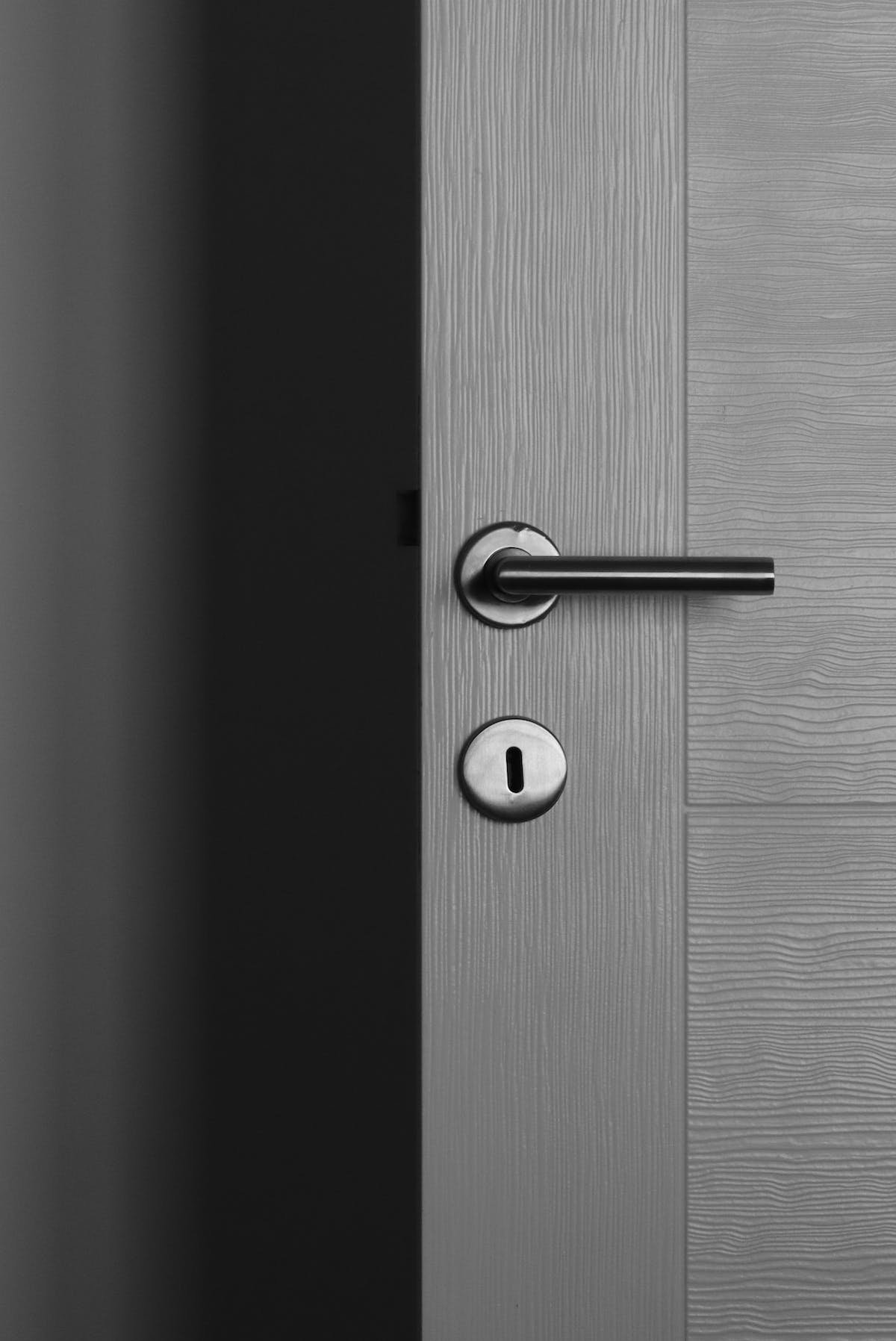Five Ways to Make Your Home More Accessible for People with Disabilities
Most homes are not built for individuals with physical limitations in mind, leaving many with those disabilities feeling left out or uncomfortable even in their own homes. Day-to-day activities could get complicated by using standard staircases, doorknobs, and even furniture, posing safety hazards.
In this post, we’ll talk about 5 ways you can make your home safe for those with disabilities and ensure they can accomplish everyday tasks. In theory, you can do most of the work as a DIY, but depending on the scope of the project and time limitations, the help of a professional contractor to manage the project, materials, permits and labour might be a better solution for an accessibility renovation.
INCLUDE AN ACCESSIBLE RAMP
Stairs are the number one obstacle for those in wheelchairs or with limited mobility. You can provide them the independence they need by having a wheelchair-friendly ramp to enter your home. Ramps such as collapsible ramps, portable ramps, and threshold ramps make it easier for people with physical disabilities to maneuver and get inside or outside of the house. For multi-level homes, stair modifications might be the answer, including lifts and even an elevator installed in your home.
WIDEN DOORWAYS
Another way to make your home more accessible is to widen doorways. Standard doorways are not wide enough for wheelchairs and mobility aids, so ensure the openings are at least 32 inches wide. It makes it easier for those using wheelchairs to move freely around the house without posing any health risks. Pay particular attention to the doorway leading in and out of your home. Installing a ramp outdoors may be necessary, as well as a clear path to the main living area with no stairs.
INSTALL LEVER DOOR HANDLES
Doorknobs can be challenging to maneuver for those with limited grip strength or arthritis, so it's vital to switch them out for lever handles. Automatic doors and lever handles are easier to use and much more beneficial for those with disabilities. In bathrooms, you need enough room for a wheelchair to turn around in, and grab bars to aid in transitioning in and out of bathtub or shower. If using a bathtub, the walk-in variety can be installed by a professional.
4. REMOVE RUGS & CARPETS
Unless the carpet has an extremely tight weave, it is likely going to be a hazard for wheelchair-bound family members. Rugs and carpets can be a safety hazard for those in wheelchairs or with limited mobility, and the extra padding makes it even more difficult to manoeuver. Changing the flooring to hardwood or vinyl would be safer since it's smooth and provides traction. Ceramic tile is certainly a smoother surface, but can be slippery. Vinyl tile is probably your best bet.
5. REPLACE OR MOVE EVERYDAY-USE ITEMS
Couch cushions, tables, chairs, and other furniture can also be tough to maneuver for those in wheelchairs. Consider replacing them with pieces that are lower to the ground or that they can adjust in height. Make room for at least 32 inches of space between furniture to allow wheelchairs and other mobility aids to move.
In the kitchen, appliances should be placed near the countertop for easier reach. Everyday items such as dishes, cookware, and food should also be kept in lower cabinets or drawers they can access easily.
6. GET ADJUSTABLE FURNITURE
Furniture such as couches, chairs, and beds should have adjustable features to make it easier for those with disabilities. These could include chairs that can be adjusted to various positions, raising or lower beds, or transforming couches into beds. Consider attaching furniture coasters or wooden blocks to increase the height of the furniture and make it more comfortable to sit on.
FINANCING YOUR ACCESSIBILITY RENOVATION
Financial assistance is available through a number of provincial and federal initiatives. These include the BC Rebate for Accessible Home Adaptations program, the Home Adaptations for Independence program, and the Home Adaptations for Seniors Independence program.
CONCLUSION
Making your home more accessible for those with disabilities might seem like a daunting task, but even implementing a few these changes might provide the mobility options you need. With some research and ingenuity, you can make your home a safe and comfortable place for everyone.


